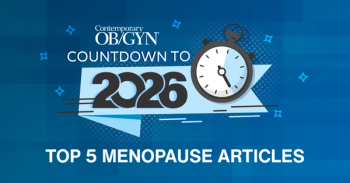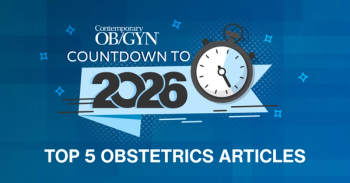
The Link Between Parabens and Breast Cancer: How Much Worry Is Warranted?
Over the past few years, there has been great concern over the presence of alkyl esters of p-hydroxybenzoic acid (parabens) in consumer products and their link to breast cancer. These compounds have been found in human blood, milk, urine, and breast tissue.
Over the past few years, there has been great concern over the presence of alkyl esters of p-hydroxybenzoic acid (parabens) in consumer products and their link to breast cancer. These compounds have been found in human blood, milk, urine, and breast tissue.
Researchers at The Genesis Breast Cancer Prevention Centre at the University Hospital of South Manchester conducted a study to better understand of the presence of parabens in breast tissue and their distribution in the breast in relation to the site of breast tumors. In the study, breast tissue samples were taken from 40 patients following mastectomy due to primary breast cancer. The samples were collected from each of four serial locations linearly across the breast from axilla to sternum, at locations below the dermis and in linear order from axilla lateral, mid to medial.
The researchers detected parabens in 99% (158 of 160) of the samples. In fact, there were only two samples in which the researchers failed to find one of the 5 parabens studied. In just over half (60%) of the tissue samples, the researchers found all five parabens. Furthermore, they found a median value of 85.5 ng g−1 of total parabens among the tissue samples.
The researchers found a statistically significant difference between levels of propylparaben in the axilla region versus what was found the mid region and the medial region. However, their analysis failed to show a significant correlation between the percentage of total parabens in a region and whether or not the tumor was located in that region.
This study further showed that parabens were widely distributed both between and within breasts. The distribution of parabens was not homogenous and concentrations of individual paraben esters varied. In other words, a high concentration of one ester did not necessarily mean there would be high levels of the other esters. Similarly, patients with high levels in one area of the breast did not necessarily have high levels in other areas of the breast.
Unfortunately, the study was unable to identify the sources of the parabens or even if the amount of detected parabens resulted from long-term exposure, current exposure, or a combination of both factors. However, the researchers did ascertain information regarding underarm cosmetics that might help ease patients’ concerns. The study authors identified 7 patients who had never used underarm antiperspirant/deodorant cosmetic products at any time in their life. This information dispels the notion of a direct link between underarm paraben exposure and breast cancer.
“The finding of similar concentrations of parabens in the breast tissue of women who reported to be current, past or nonusers of underarm cosmetics suggests the parabens to have originated from a source other than underarm cosmetic application,” the authors wrote. They added, however, “Given the greater capacity of liver compared with skin to metabolize esters, intact esters in body tissues might still be expected to arise from dermal rather than oral exposure.”
References:
Reference:
Barr L, Metaxas G, Harbac CAJ, Savory LA, Darbre PD. Measurement of paraben concentrations in human breast tissue at serial locations across the breast from axilla to sternum. J Appl Toxicol. 2012;Jan 12 [Epub].
Newsletter
Get the latest clinical updates, case studies, and expert commentary in obstetric and gynecologic care. Sign up now to stay informed.











